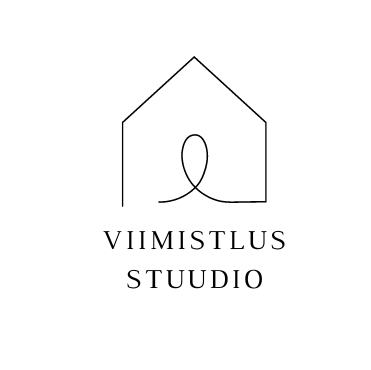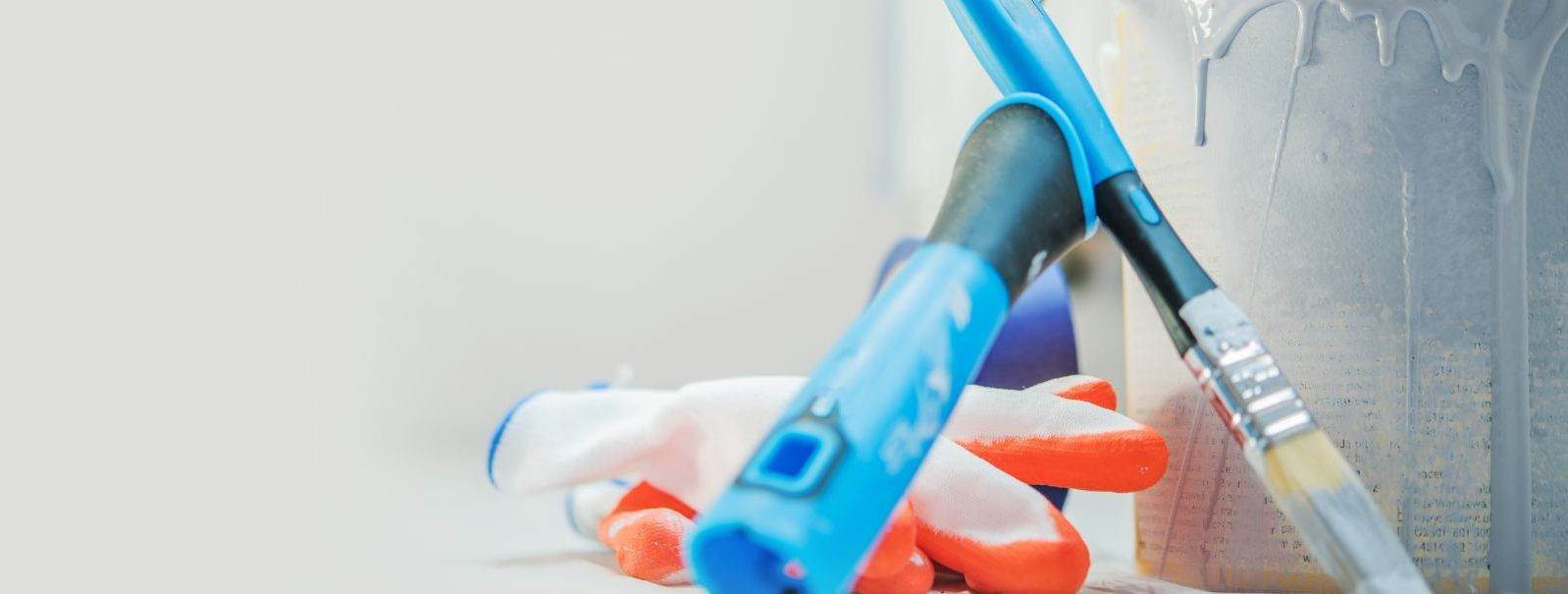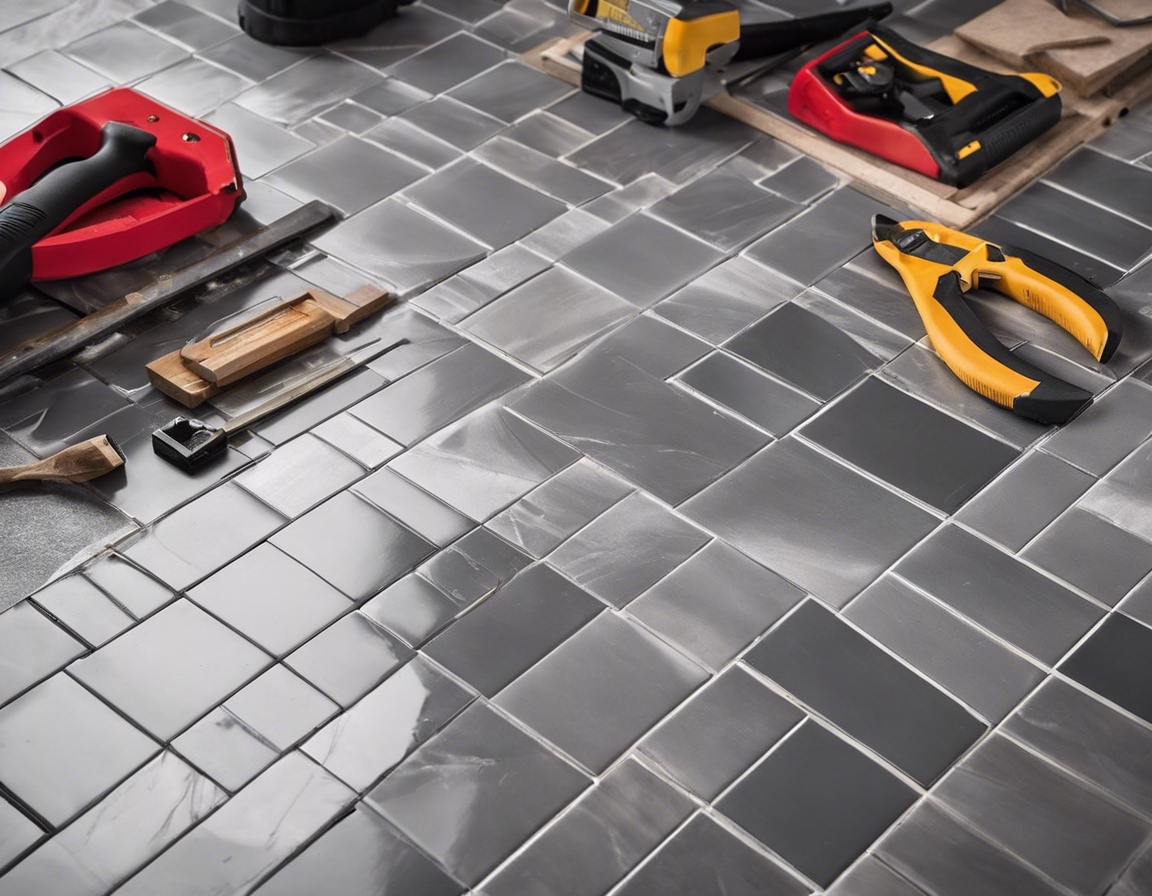5 trends shaping the future of interior finishing
The landscape of interior finishing is ever-evolving, with new trends emerging as homeowners, real estate developers, and commercial property managers seek to create spaces that are not only aesthetically pleasing but also sustainable, technologically integrated, and personalized. In this post, we explore five key trends that are shaping the future of interior finishing.
1. Sustainable and Eco-Friendly Materials
As environmental concerns become more pressing, the demand for sustainable and eco-friendly materials in interior finishing has skyrocketed. Consumers are increasingly looking for products that have a lower environmental impact, from production to disposal.
Using sustainable materials can improve indoor air quality, reduce energy costs, and contribute to a healthier environment. They often come with the added benefit of being durable and requiring less maintenance.
Examples include bamboo flooring, recycled glass countertops, and low-VOC paints. These materials are not only better for the planet but also add a unique aesthetic to any space.
2. Technological Integration
Technology is becoming increasingly integrated into our living spaces. Smart home systems allow for the control of lighting, temperature, and security, all of which can be managed remotely.
New materials are being developed with enhanced properties, such as self-healing surfaces or those that can change color or texture on demand.
3D printing is revolutionizing the way custom finishes are created, allowing for intricate designs and patterns that were previously impossible or too costly to achieve.
3. Personalization and Customization
Consumers are seeking more personalized spaces that reflect their individual tastes and lifestyles. Tailored design solutions are becoming more accessible, enabling unique interior finishes that cater to specific preferences.
From custom-mixed paints to bespoke joinery, the options for customization in interior finishing are vast, allowing for a high degree of personal expression.
Digital design tools have made it easier for designers and homeowners to visualize and experiment with different finishes, textures, and colors before making final decisions.
4. Minimalist Aesthetics
Minimalism is a trend that continues to influence interior design, with a focus on simplicity, clean lines, and a monochromatic color palette.
Materials that embody minimalist aesthetics include polished concrete, simple hardware, and unadorned surfaces that emphasize the beauty of the material itself.
Minimalist design can make spaces appear larger and more open, promoting a sense of calm and order.
5. Health and Wellness Focus
There is a growing awareness of the health impacts of toxic materials used in building finishes. Non-toxic, hypoallergenic, and natural materials are becoming the preferred choice for many.
Interior finishes are being designed with well-being in mind, incorporating elements that promote relaxation and comfort, such as natural light, ventilation, and ergonomic features.
Incorporating natural elements into interior finishes, such as living walls or water features, can improve air quality and create a connection to the natural world, enhancing overall well-being.






Comments (0)